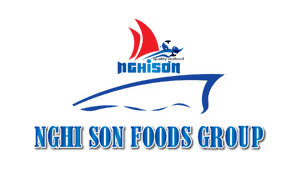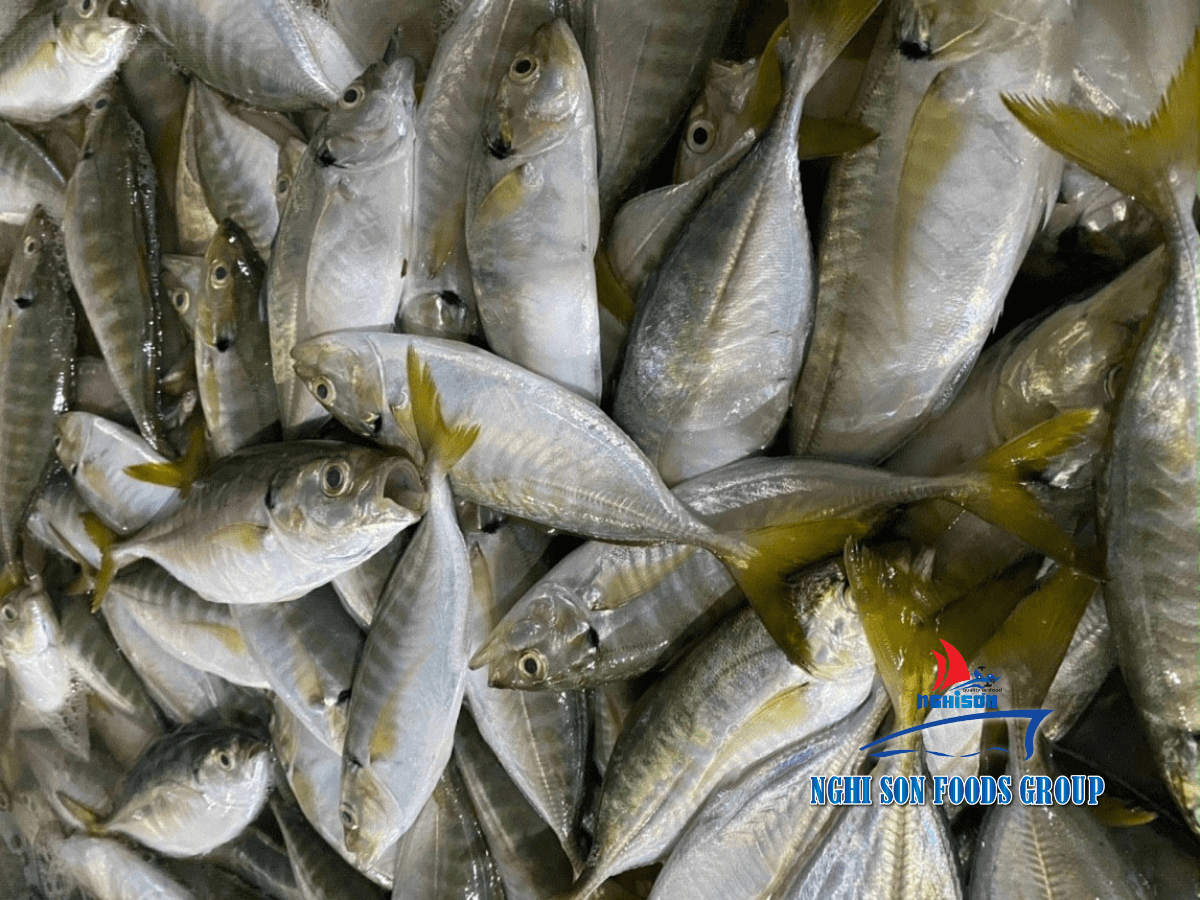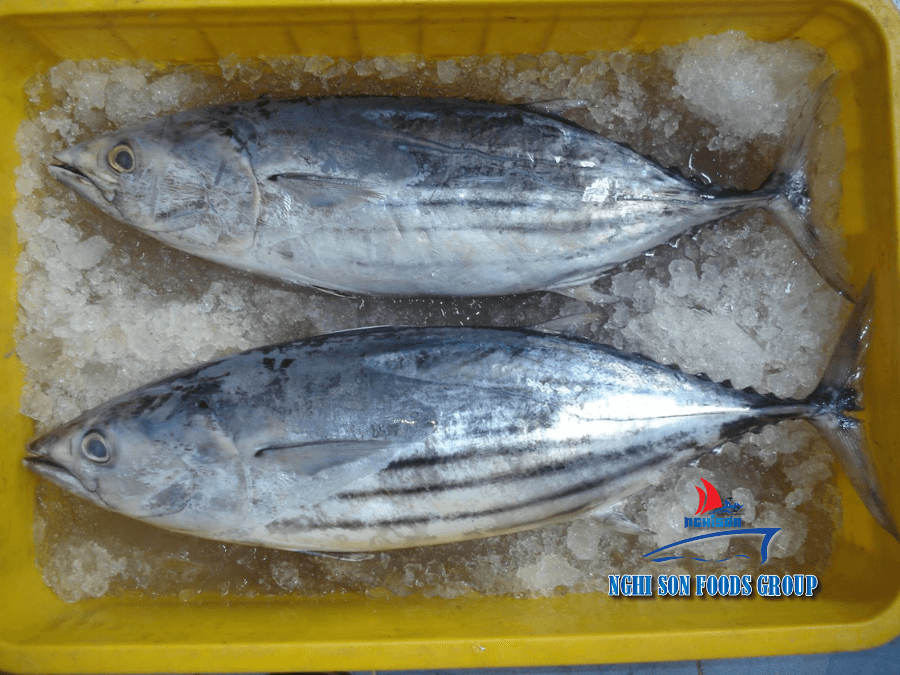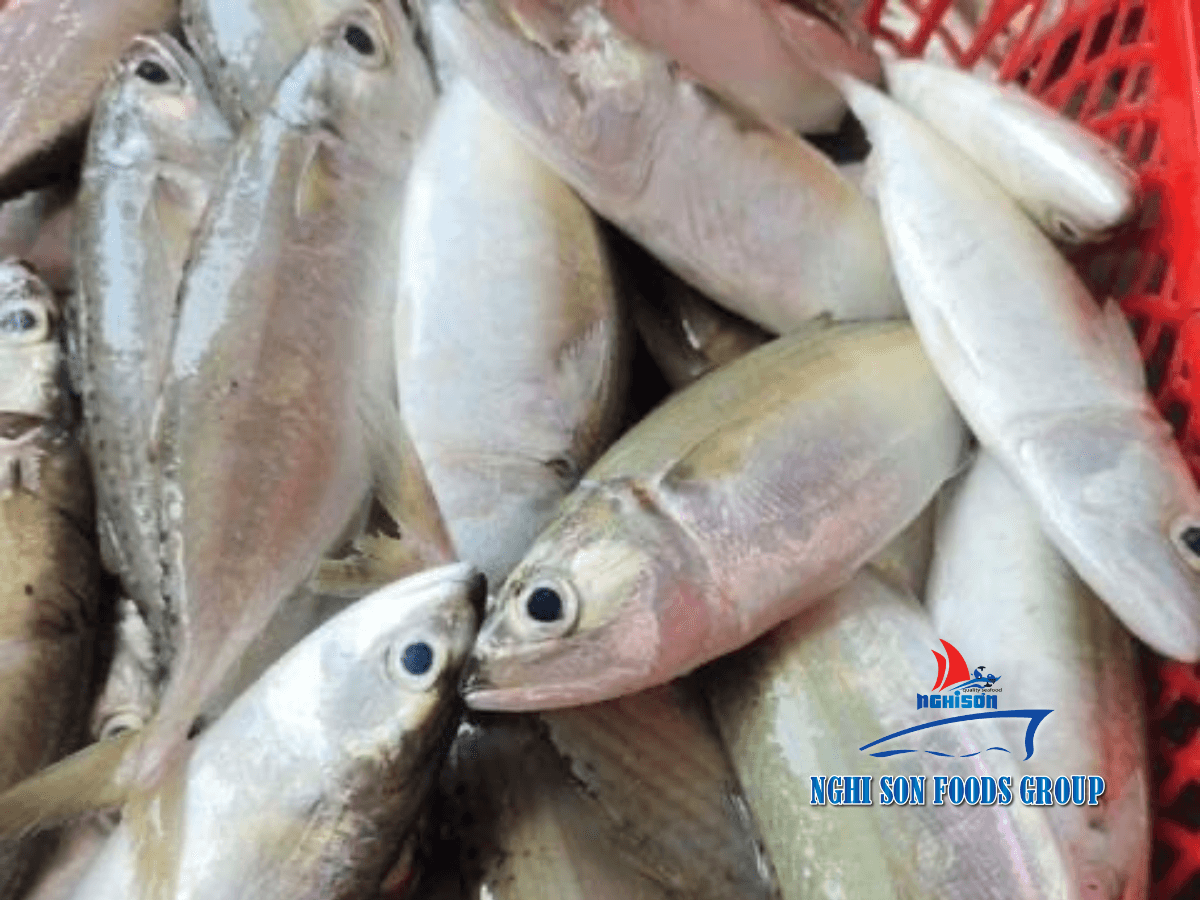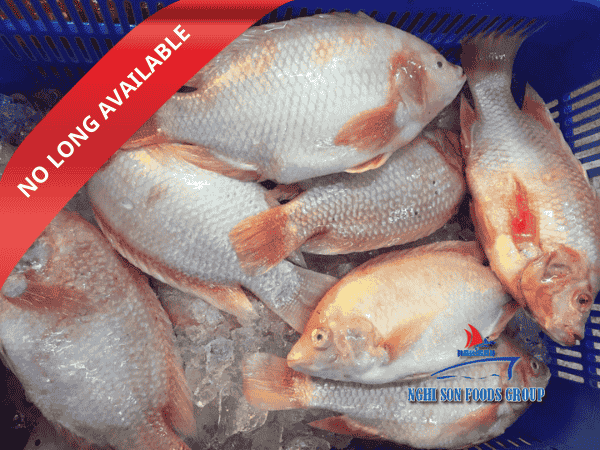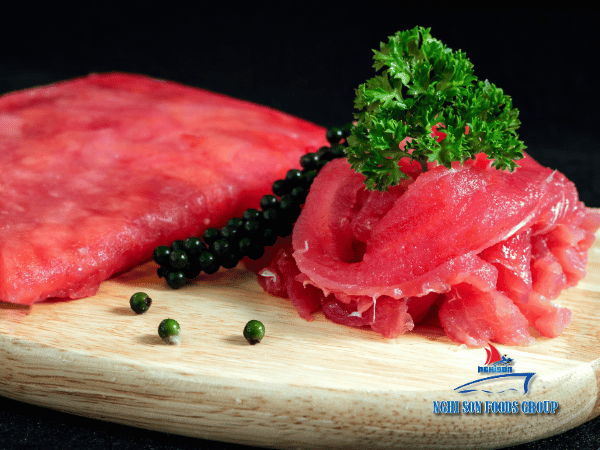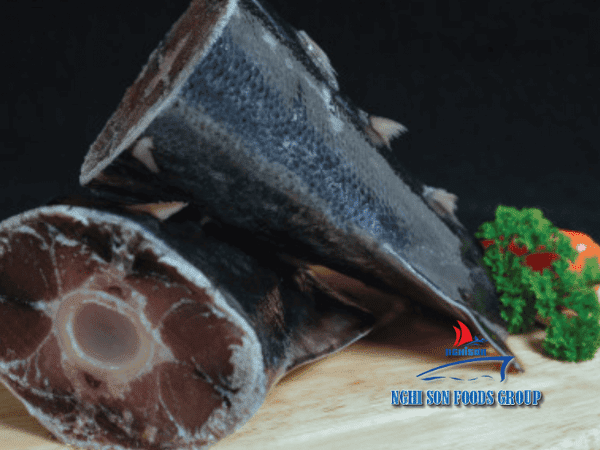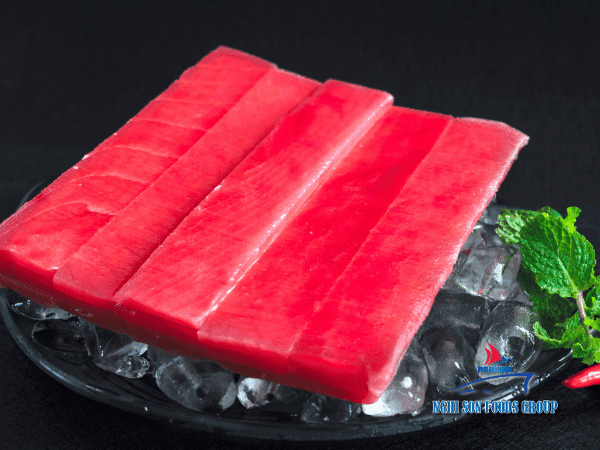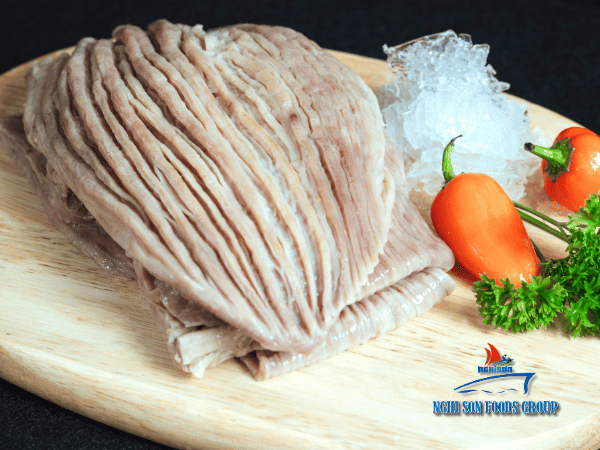In the midst of fierce competition and shifting trends, Vietnam’s seafood industry is facing significant challenges and opportunities in the global market. Despite facing intense competitive pressures, particularly in shrimp and tra fish sectors, the industry continues to demonstrate resilience with positive export growth.
Table of Contents
ToggleExport Growth and Competitive Pressures
In the first four months of 2019, Vietnam’s seafood industry experienced positive export growth despite facing significant competitive pressures, particularly in the shrimp and tra fish segments.

According to the report from the Department of Agricultural Product Processing and Development under the Ministry of Agriculture and Rural Development, the estimated value of seafood exports in April 2019 reached US$694 million, bringing the total seafood export value for the first four months of the year to US$2.5 billion, a 2.4% increase compared to the same period in 2018.
Notably, Japan, the United States, China, and South Korea emerged as the top four import markets, accounting for 53.5% of the total seafood export value.
Diverging Trends: Tra Fish vs. Shrimp
Within the seafood industry, different product categories exhibited contrasting growth patterns. Tra fish exports, for instance, reached an estimated value of US$161 million in April 2019, resulting in a total export value of US$635 million for the first four months, reflecting a 4.3% increase compared to the same period in 2018.
In contrast, shrimp exports witnessed a downward trend. The estimated value of shrimp exports in April 2019 was US$295 million, leading to a total export value of US$913 million for the first four months, indicating a 10.5% decline compared to the same period last year. The decrease in shrimp export value was primarily attributed to lower prices in the global market due to abundant worldwide supply.
Market Dynamics with the United States
Furthermore, during the initial two months of 2019, the United States, a major seafood export market for Vietnam, reduced its imports of shrimp, tuna, tilapia, cod, and squid compared to the same period in 2018.
However, imports of tra fish and crab increased, resulting in Vietnam becoming the second-largest seafood supplier to the United States during that time frame. According to the National Marine Fisheries Services (NMFS), Vietnam’s seafood imports to the United States reached 41,400 tons, valued at US$263.27 million, representing a volume increase of 32.9% and a value increase of 29.3% compared to the same period in 2018.
Vietnam’s seafood market share in total US imports rose from 6.43% in the first two months of 2018 to 9.28% in the first two months of 2019.
Competitive Landscape and Bright Prospects
The competitive pressure within the seafood export industry remains evident, with countries like Ecuador showcasing robust performance. In March 2019, Ecuador exported approximately 53,405 tons of frozen shrimp, surpassing the previous record and demonstrating a 40% increase in export volume compared to March 2018. In terms of value, Ecuadorian shrimp exports grew by 23% year-on-year, reaching US$309 million.
Nonetheless, promising opportunities lie ahead for Vietnam’s seafood processing and export industry. The Vietnam-European Union Free Trade Agreement (EVFTA), expected to be approved in June or July 2019, brings positive prospects.
Once in effect, 90% of tariffs on seafood exports to the EU will be gradually reduced to 0% over the course of 3-4 years, significantly benefiting Vietnamese seafood enterprises. To capitalize on this opportunity, Deputy Minister of Agriculture and Rural Development, Phung Duc Tien, emphasizes the need to focus on technological advancements, quality improvement, product diversification, and adherence to international standards, particularly for key seafood products such as tra fish and shrimp.
Sustainable Practices and Market Development
Vietnamese enterprises have made significant efforts to comply with sustainable farming standards, ensuring control over breeding, production, and processing. In terms of captured products, Vietnam has met the legal requirements of European markets.
The Vietnam Association of Seafood Exporters and Producers (VASEP) is actively researching the establishment of a market development fund to support branding and overseas sales networks, similar to Norway’s salmon industry.
Additionally, tra fish has been identified as a national key product, leading to the development of specific policies by the Ministry of Agriculture and Rural Development. Collaborative efforts between the Ministry of Agriculture and Rural Development and the Ministry of Industry and Trade are underway to build the brand reputation of Vietnamese tra fish products in the global market.
Meeting European Consumer Expectations
Javier Cordova, Deputy General Director of Mitsui & Co Europe, highlights the importance of meeting European consumers’ health concerns. To increase sales to this market, Vietnam should enhance traceability, ensuring buyers have information about product origins and the types of feed used in aquaculture, while also minimizing antibiotic residues.
Furthermore, the utilization of organic feed in aquaculture can contribute to sustainable long-term development.
